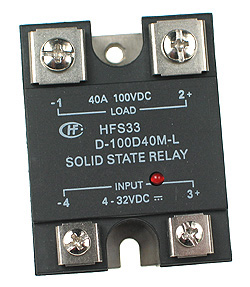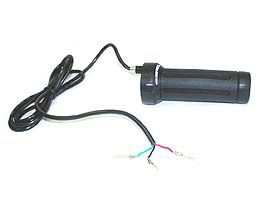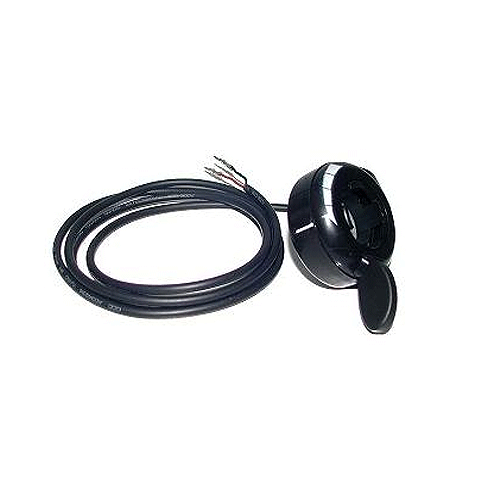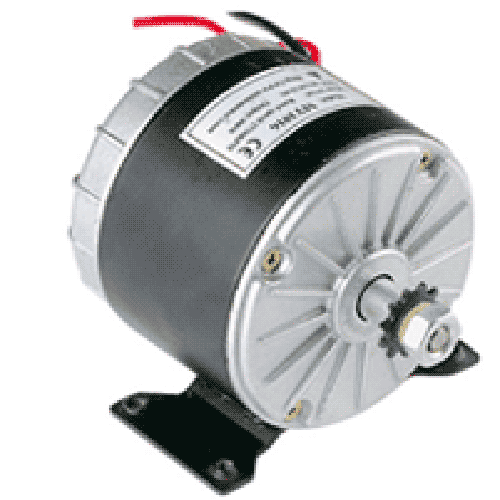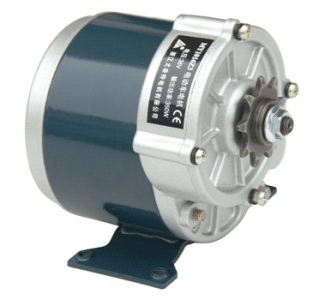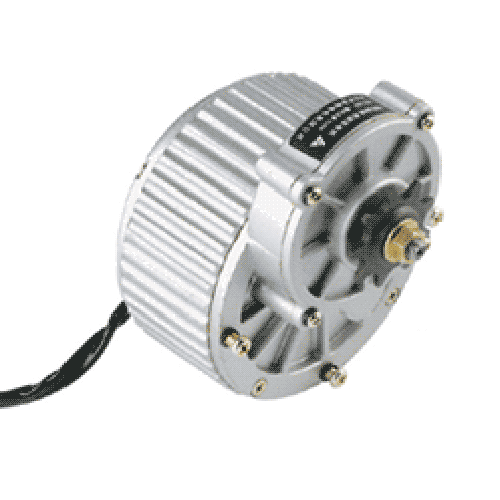gwhy!
100 kW
As some of you may have aready seen the thread http://endless-sphere.com/forums/viewtopic.php?f=28&t=8243 that started off about CVT and progressed to the reason why I was asking  .
.
I would like to try and build a e-trials bike that will be competitive/fun to ride. I currently have a 350w my???? 24v and 36v 1kw my???? motors with cheap batterys and controllers, these will be used to find the best gearing for the purpose but not used in the final build I have been pointed towards using a RC setup because of weight, size and efficiency.
The prototype bike will be built on a 14" jumpbike hardtail frame using 20" wheels but with front suspension. For peeps that do not know what trial bikes are, they are the funny looking bikes without a seat and are geared very very low that enables the bike to be launched up stuff using the drive train.
and are geared very very low that enables the bike to be launched up stuff using the drive train.

or the gas type

It has already been suggested the there should be no current limiting to the motor for a short burst of time.
Please bare in mind that I am new to all this and I am on a very steep learning curve about current motor and battery technology . I used to race electric model cars about 20+ years ago and things have changed a lot since then :? . So please be gentle with me if I ask something that should be obvious..
So thats it I have the bike, a few big heavy motors a few big heavy batterys I think the main problem is to produce a drive train that is small enough and can handle the torque needed, changable gears would be good but no essential.
open to suggetions please
I would like to try and build a e-trials bike that will be competitive/fun to ride. I currently have a 350w my???? 24v and 36v 1kw my???? motors with cheap batterys and controllers, these will be used to find the best gearing for the purpose but not used in the final build I have been pointed towards using a RC setup because of weight, size and efficiency.
The prototype bike will be built on a 14" jumpbike hardtail frame using 20" wheels but with front suspension. For peeps that do not know what trial bikes are, they are the funny looking bikes without a seat

or the gas type

It has already been suggested the there should be no current limiting to the motor for a short burst of time.
Please bare in mind that I am new to all this and I am on a very steep learning curve about current motor and battery technology . I used to race electric model cars about 20+ years ago and things have changed a lot since then :? . So please be gentle with me if I ask something that should be obvious..
So thats it I have the bike, a few big heavy motors a few big heavy batterys I think the main problem is to produce a drive train that is small enough and can handle the torque needed, changable gears would be good but no essential.
open to suggetions please


